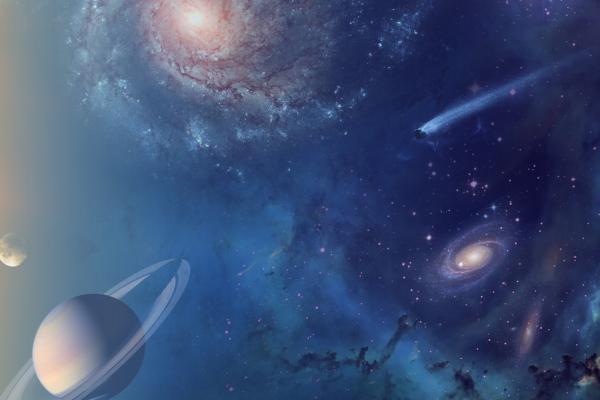
Studying the Origin and Evolution of the Milky Way Nuclear Star Cluster One Star at a Time
Tuan Do - University of California, Los Angeles
Due to its proximity, the Milky Way nuclear star cluster provides us with a wealth of data not available in other galactic nuclei. In particular, we can observe the properties of individual stars. These properties include their positions in two dimension and their velocity in three dimensions. With the rapid advances integral field and multi-object spectroscopy, we can also derive the physical properties of individual stars, such as the effective temperature, metallicity, and surface gravity. I will discuss how we can combine over a decade of data to ask fundamental questions about the nuclear star cluster: (1) how does a star cluster interact with a supermassive black hole? (2) How do nuclear star clusters form and evolve over time? and (3) What can we learn about other galactic nuclei using the MW nuclear star cluster? I will show how the addition of each new dimension in data has brought surprising discoveries and have challenged our theories about nuclear star clusters and massive black holes.
Coffee and Donuts will be served at 2:00pm in 4054 McPherson Lab.
